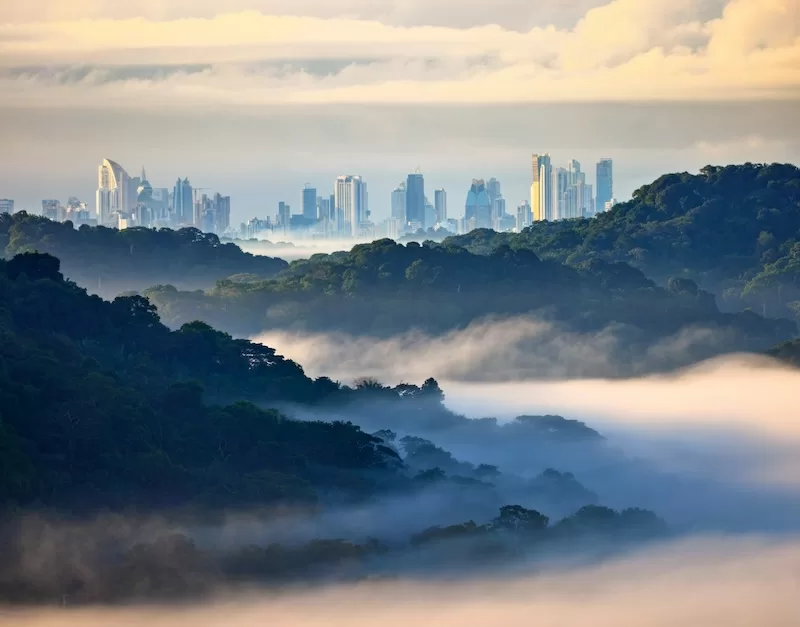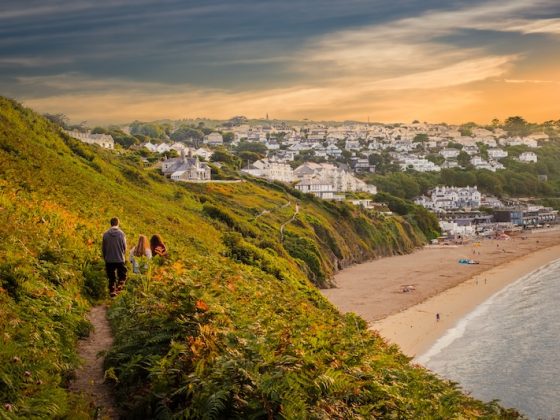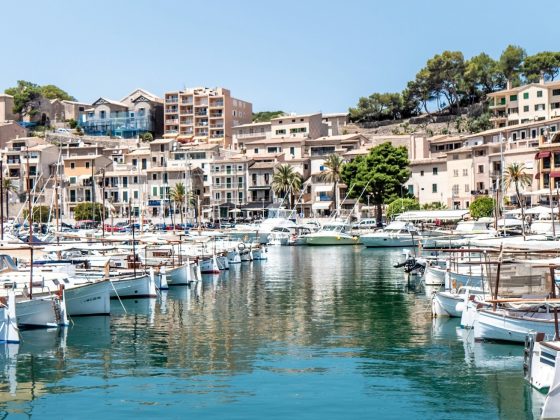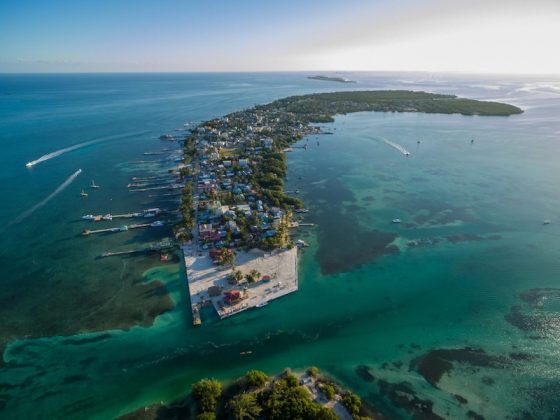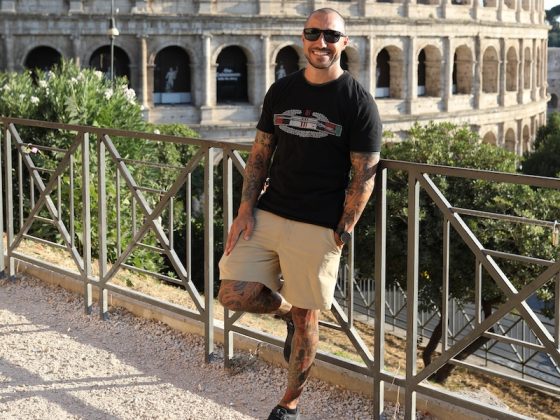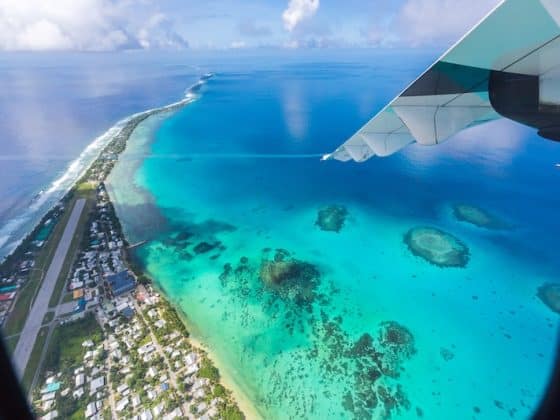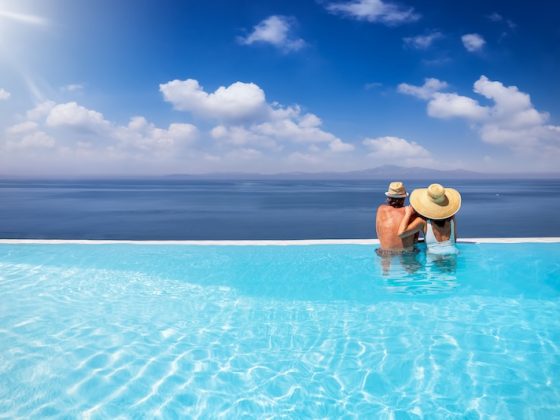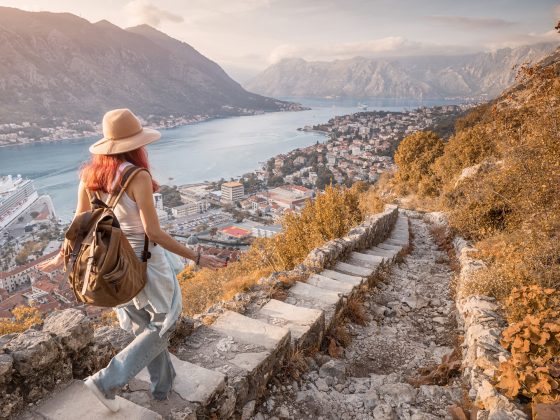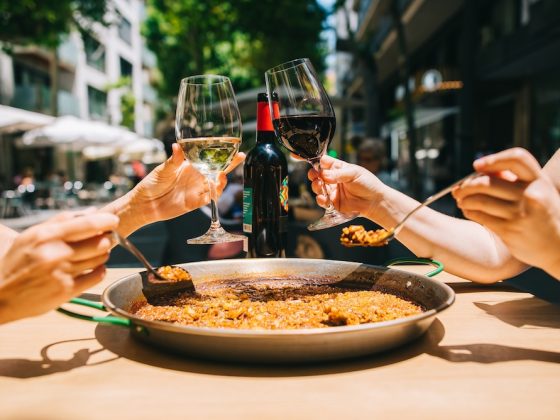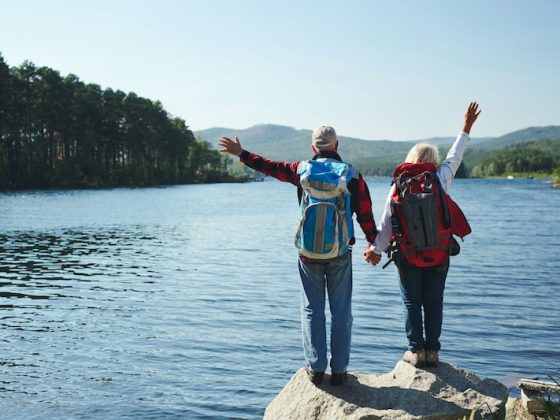Introduction
Panama draws many newcomers (retirees, remote workers, and adventurers alike) with its tropical climate, use of the U.S. dollar, and relatively lower cost of living compared to many developed countries. But “affordable” is relative and knowing what to expect in practice helps immensely before making the move.
In this article, we’ll break down typical expenses across housing, utilities, food, transport, health, and leisure. We’ll also compare urban vs rural costs, highlight regional differences, and offer tips to manage your budget confidently.
What Determines the Cost of Living in Panama
Of course, your monthly expenses in Panama will depend heavily on your choices. Key influencing factors include:
- Location: Panama City and popular beach or expat hubs will be much more expensive than rural inland or mountainous areas.
- Housing type & amenities: A modern condo with amenities in a prime area costs more than a modest house or apartment further out.
- Lifestyle: Dining out, travel, imported goods, entertainment, and hobbies can raise costs significantly.
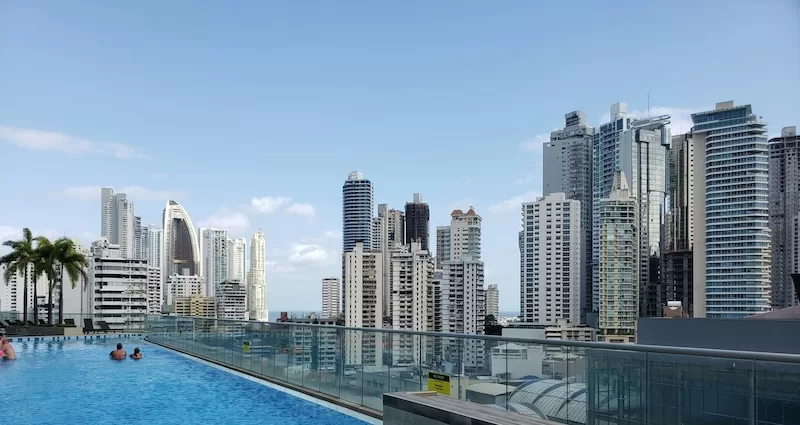
- Utility dependence: Use of air conditioning, cooling, fans, or high electricity consumption can drive up bills.
- Family size & dependents: More mouths to feed, more rooms to cool, more transport.
- Health, schooling, and insurance choices: Public vs private health care, international schools, and insurance plans can vary widely in cost.
Typical Monthly Costs (2025 Estimates)
According to multiple sources, the average cost of living in Panama is about 35% lower than in the U.S. overall.
- Single person (excluding rent): ~$700 to $1,000 USD
- Single person including rent in Panama City (1-bed in center): ~$1,700 to $2,000 USD
- Family of four (excluding rent): ~$2,500 to $3,500 USD monthly
- Household including rent in middle-tier city / non-prime area: $1,000 to $2,500 (depending on size, amenities, and location)
These estimates reflect a moderate lifestyle: comfortable housing, modest dining out, basic entertainment, and modest travel.
Single Person Budget
For a comfortable but not extravagant lifestyle, expect something like:
- With rent (in city center): ~$1,700 to $2,000
- Without rent: ~$700 to $1,000
- Outside prime areas / smaller towns: You may get by with $1,200–$1,600 including rent
If you live in areas such as Boquete, El Valle, Pedasí, or other non-urban regions, rents and day-to-day costs drop significantly.
Couple or Family Budget
Shared costs soften some pressures, but housing, schooling, and healthcare can add up.
- Couple (2): $2,000 to $3,000+ including rent, depending on location
- Family of four: $3,500–$5,000 per month, including rent and everyday costs, depending on schooling and location
- Retirement couples (modest lifestyle): Many sources suggest $1,600 to $2,800 USD as a comfortable range depending on location
These reflect a moderate standard: decent housing, occasional dining out, some domestic travel, and basic entertainment.
Breakdowns by Expense Category
Let’s zoom into each major cost bucket to see what drives the numbers behind the cost of living in Panama.
Housing & Rent
Housing will anchor your Panama budget, and the gap between the capital and the interior is real. In Panama City, a one-bedroom in central pockets like El Cangrejo, San Francisco, or Punta Paitilla often falls between $900 and $1,500 a month, shaped by building age, amenities, and view. Shift a few neighborhoods outward to places like Bethania, Parque Lefevre, or Brisas del Golf and prices often settle in the $600 to $900 range, with extra space and quieter streets as a bonus.
Head for the highlands or the Azuero Peninsula and the math changes again. In Boquete, El Valle de Antón, or Pedasí, decent houses can be found around $700 to $1,000 USD, while simple apartments or cottages may start near $400 to $600 USD. Cooler mountain climates also trim electricity bills since air conditioning becomes optional rather than constant.

Think of Panama City as the country’s business and lifestyle hub. It is polished, vertical, and more expensive. Remote workers and retirees who choose smaller beach towns or mountain communities trade a little convenience for a calmer rhythm and meaningful savings.
Utilities & Internet
Utility costs track closely with air-conditioning. In the capital and on the coast, electricity for a typical apartment often lands between $100 and $200 USD per month, while well-ventilated homes in cooler areas can sit nearer $50 to $80 USD. Water, trash, and sewage are usually modest, often $10 to $30 USD, and sometimes rolled into condo fees. Propane for cooking is inexpensive, commonly $5 to $10 monthly.
Fun fact: Panama has some of the fastest and most reliable internet connections in Central America, which makes it a favorite among remote workers and digital nomads who rely on strong connections. Home internet plans are competitive, usually $30 to $50 USD for reliable speeds. Mobile packages vary by data but many expats spend $15 to $30 USD per month. If you want to keep costs steady, prioritize cross-breezes, ceiling fans, and shade when you pick a place. Good airflow can cut your power bill in half.
Food & Groceries
Panama is kind to shoppers who keep it local. A single person can stock the pantry on $200 to $350 USD per month, while couples often land near $400 to $600, depending on habits. Fresh produce, fish, and poultry are widely available, and neighborhood markets often undercut supermarket prices.
Eating out is straightforward and affordable. A plate at a fondita or small café is often $5 to $10 USD. A mid-range dinner for two in the city typically runs $40 to $70 USD, with lower prices in smaller towns. The splurges are imported items. European cheeses, specialty snacks, and boutique wines carry clear markups. If you lean into seasonal produce and local staples, your food budget goes further without feeling tight.
Transportation
Getting around Panama City is simple and budget friendly. Metro and bus fares are typically under $1 per ride, and a monthly card often sits around $30 to $40 USD. Taxis and ride-hailing apps are common, with most in-city trips in the $3 to $10 USD range.
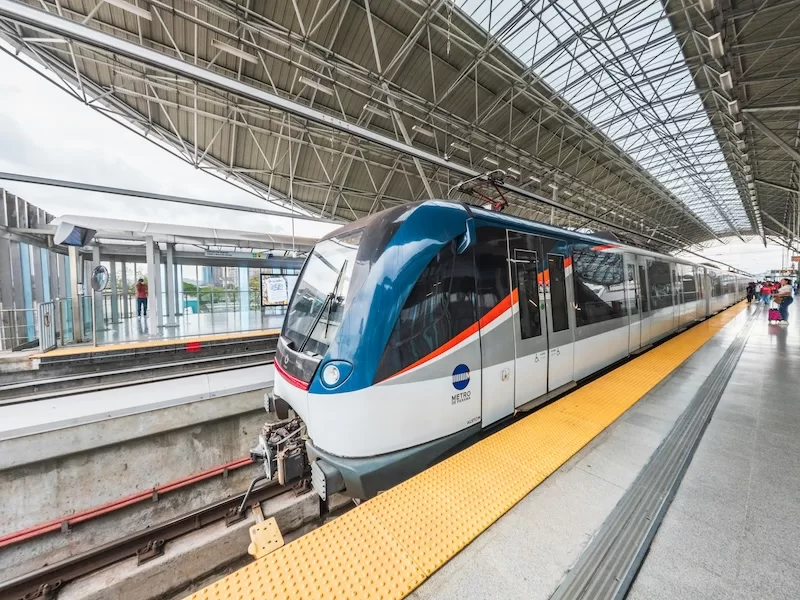
Owning a car adds convenience along with costs. Fuel generally runs $1.10 to $1.30 per liter, and once you factor in insurance, maintenance, and parking, plan for $200 to $400 USD monthly. Outside the capital, public transport thins out, which is why many residents in Boquete, Pedasí, or Coronado keep a vehicle. For longer trips, intercity buses are comfortable and inexpensive, and will take you coast to coast on a modest budget.
Healthcare & Insurance
Healthcare is a strong point for Panama. Public facilities provide low-cost access for residents. Private clinics and hospitals shorten wait times and offer more English-speaking staff. A general consultation at a private clinic often costs $25 to $50 USD, and many specialist visits fall in the $50 to $100 USD band.
Private health insurance varies by age and coverage. Many expats pay $100 to $300 USD per month for a robust plan. The best infrastructure sits in Panama City and David, where modern hospitals and specialists are easy to find. For routine needs, many expats blend public and private care and still spend far less than in North America.
Leisure, Lifestyle & Extras
The outdoors does the heavy lifting for entertainment here. Beaches, waterfalls, and mountain trails cost little. In the city, a gym membership is typically $25 to $60 per month, and movie tickets often sit around $5 to $10 USD. A casual night out with friends, dinner and a drink included, usually falls between $40 and $70 USD.
Streaming, hobbies, and short trips can add $50 to $150 to a monthly budget. Even then, Panama’s lifestyle encourages simple pleasures. Morning walks by the Cinta Costera, coffee on a breezy terrace, or weekend hikes in the highlands do not strain the wallet.
Education & Childcare
Families should plan deliberately here. Public schools are low cost, sometimes free, but many expats choose private or international options, especially in Panama City. Tuition commonly ranges $500 to $1,500 USD per child per month, with top schools above that.
Daycare and after-school programs tend to be more affordable than in North America, often $200 to $400 USD per month, though options narrow outside urban centers. In smaller towns, parents often mix local bilingual schools, tutoring, and community activities to create a balanced and cost-effective plan.
Sample Monthly Budgets in Panama (2025)
| Category | Panama City (Urban Lifestyle) | Boquete (Mountain Town) | Pedasí (Coastal Lifestyle) |
| Housing (1–2 bed apartment) | $1,000 – $1,500 | $700 – $1,000 | $800 – $1,100 |
| Utilities (electricity, water, gas, internet) | $150 – $220 | $80 – $130 | $100 – $160 |
| Groceries & Home Supplies | $300 – $450 | $250 – $350 | $250 – $400 |
| Dining Out & Coffee | $200 – $300 | $150 – $250 | $150 – $250 |
| Transportation | $80 – $150 (public transit + Uber) | $150 – $250 (car or taxi) | $180 – $250 (car essential) |
| Health Insurance / Medical | $150 – $250 | $100 – $200 | $100 – $200 |
| Leisure, Fitness & Entertainment | $100 – $200 | $80 – $150 | $100 – $180 |
| Miscellaneous / Personal Items | $100 – $150 | $80 – $120 | $80 – $120 |
| Estimated Monthly Total (Single Person) | $2,080 – $3,120 | $1,590 – $2,450 | $1,760 – $2,660 |
| Estimated Monthly Total (Couple) | $2,800 – $3,800 | $2,200 – $3,100 | $2,400 – $3,300 |
Quick Takeaways
- Panama City suits professionals, investors, and digital nomads who want city energy, nightlife, and easy flight access. It’s the priciest option, but still cheaper than major North American metros.
- Boquete offers comfort and calm. You’ll save on rent and utilities thanks to the cooler climate and slower pace, though imported goods may cost a bit more.
- Pedasí attracts those chasing beach life without city noise. You’ll trade some convenience for sunshine, community, and the ability to live on less if you adapt to a local rhythm.
Budget Tip:
Add a 10–15% buffer for unexpected costs, like extra travel, home maintenance, or inflation spikes. Panama’s inflation has hovered around 2–3% annually in recent years, but energy and food prices can swing seasonally.
Read More Like This: Top 10 Things to Know if You’re Moving to Panama
Cost Variation by City & Region
- Panama City / prime urban zones: Highest cost zone in the country. Central neighborhoods, high-end condos, international services push prices up. Living here means access to the country’s best hospitals, nightlife, and the international airport, but it’s also where your budget stretches the least.
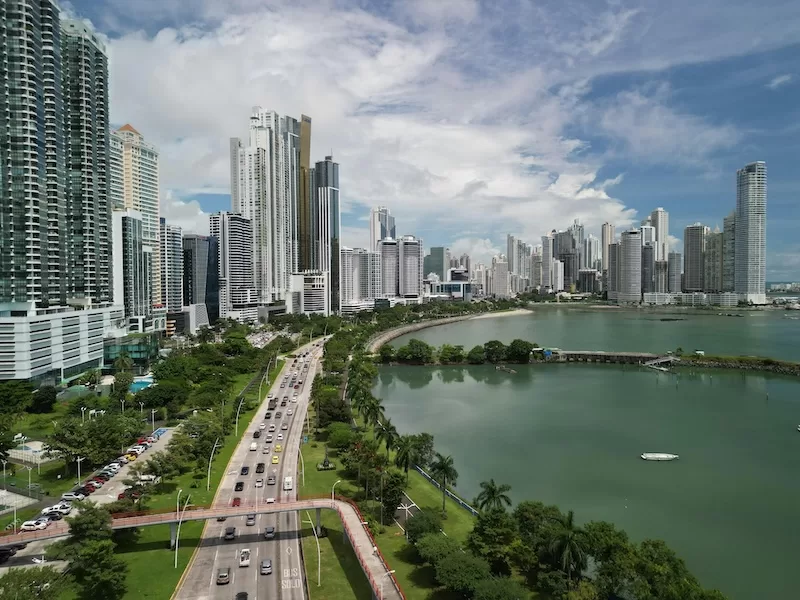
- Beach / expat hubs (e.g. Coronado, Pedasí, Bocas del Toro): Slightly less expensive but still premium relative to local towns.
- Mountain / hill towns (e.g. Boquete, El Valle): Cooler climate, lower energy needs (less air conditioning) tend to offer better value. Mountain towns draw retirees and digital nomads who prefer fresh air, walkable centers, and an easy sense of belonging over luxury high-rises.
- Inland / rural areas: Much lower rents, lower daily costs, but fewer services, amenities, or infrastructure in some cases.
In short, Panama City rewards convenience seekers, the beaches call to sun-chasers, the mountains attract those craving calm, and the rural interior belongs to anyone ready to live simply and stretch their dollars further. The good news? None of these choices are far apart: you can breakfast in the capital, lunch by the Pacific, and watch the sunset from the hills in the same day.
Comparison: Panama vs Other Countries
- Compared to major U.S. cities, Panama offers significantly lower housing and everyday costs.
- Unlike many countries, Panama uses the U.S. dollar (or pegged balboa), so expats don’t face currency fluctuations for local expenses.
- Compared to popular Latin American expat destinations (e.g. Costa Rica), Panama is often more affordable in many respects, especially outside its capital.
- However, certain imported goods or high-end services may cost more, given importation costs.
Tips to Reduce Your Cost of Living in Panama
1. Think beyond the capital.
Panama City dazzles, but it’s also the country’s priciest address. Moving 30–45 minutes outside (say to Arraiján, La Chorrera, or Chame) can cut your rent nearly in half while keeping you close enough for city errands. If you work remotely, towns like Boquete, Pedasí, or El Valle stretch your dollars even further, especially with cooler weather that reduces energy use.
2. Shop where locals shop.
Skip the glossy supermarkets in the city’s malls and head to Mercado de Abastos or the weekly Boquete Tuesday Market. Local fishmongers, fruit stalls, and roadside vendors often sell produce and seafood at a fraction of chain-store prices. Fresh pineapple for $1 or a bag of shrimp straight from the Gulf? Those little swaps make a real difference.
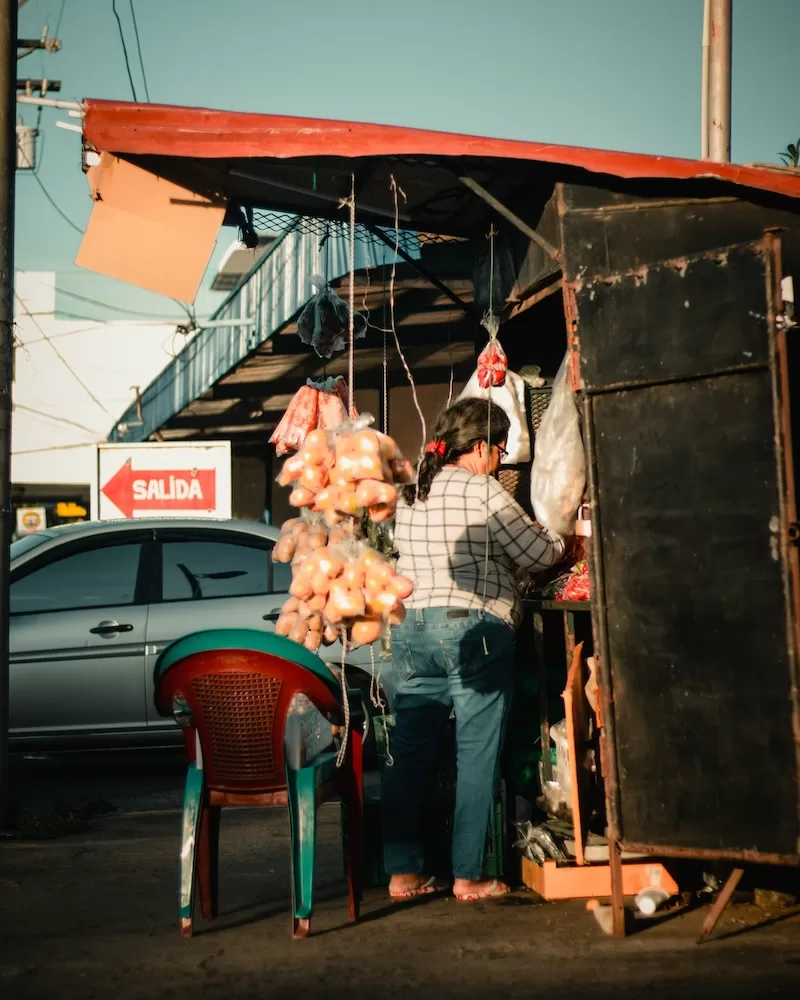
3. Keep the air flowing, not freezing.
Electricity bills balloon with constant air conditioning, especially in the lowlands. Many Panamanians rely on fans, shade, and evening breezes instead. Choose apartments with cross-ventilation and ceilings fans, and use AC only when needed. If you live in the mountains, you may never touch it at all.
4. Get familiar with public transport.
Panama City’s Metro is clean, modern, and efficient, one of Latin America’s best. A ride costs less than a dollar, and buses reach most neighborhoods. For quick errands, apps like InDrive and Uber are reliable and far cheaper than owning a car. Outside the capital, colectivos (shared minibuses) are the unsung heroes of affordable travel, especially in Chiriquí and Azuero.
5. Learn the art of rent negotiation.
Long-term leases are gold to landlords. If you plan to stay six months or more, politely ask for a lower rate or small extras like maintenance included. In smaller towns, offering to pay three months in advance or handle minor repairs yourself often seals the deal.
6. Double-check what’s included.
Many condos charge separate maintenance or security fees, which can add $100–$200 to your bill. Always clarify if these are part of your rent or if you’ll be paying them separately. The same goes for water and trash collection, which are sometimes bundled but not always.
7. Mix and match healthcare options.
Panama’s hybrid system is a gift if you know how to use it. For routine checkups, the public Caja de Seguro Social network is extremely cheap. For faster or English-speaking care, private clinics like Hospital Punta Pacífica or Chiriquí Hospital offer fair pricing. A modest private insurance plan covers the rest without breaking your budget.
8. Live like it’s always “summer produce season.”
Fruits and vegetables are freshest and cheapest when they’re local: papayas, plantains, and mangos year-round; avocados and pineapples almost everywhere. Imported blueberries and apples, on the other hand, are pure luxury. Eating what grows around you keeps your grocery bill honest.
9. Make small-town habits part of your rhythm.
Hang-dry clothes, pay cash at local stalls, and skip the imported wine for a cold Balboa beer or Seco con leche cocktail. Many of the locals’ everyday habits are, conveniently, the same ones that keep your wallet happy.
10. Keep a rainy-season cushion.
Panama’s costs don’t swing wildly, but electricity and transport can tick up in the wetter months. Keeping a 10–15% emergency buffer gives you room to breathe when the next power bill or grocery run surprises you.
Read More Like This: Journey to Citizenship: An Expat’s Guide to Becoming a Local in Panama
When Costs May Jump: Inflation, Real Estate Pressures & Risks
Panama, like many import-heavy countries, is sensitive to inflation, especially for goods that must be imported. Indeed, in early 2025, the cost of living across urban interior areas rose by ~$18 (USD) year-over-year as inflation pushed costs upward. Additionally, in prime neighborhoods and popular expat zones, demand can push rental prices upward, squeezing availability of more affordable options. Infrastructure and utility constraints (e.g. for electricity or water in remote areas) may also introduce costs or inconveniences.
In short: having flexibility, negotiating, and avoiding extravagance helps maintain financial safety as conditions change.
FAQs
Q1. How much does it cost to live in Panama for a single person?
Including rent and modest lifestyle, expect around $1,500 to $2,000 USD/month in a major city like Panama City. In smaller towns, lower is possible.
Q2. What is typical rent in Panama City?
A one-bedroom apartment in the city center often rents between $800 and $1,500 USD per month.
Q3. Are utilities expensive?
They vary. If you use a lot of air conditioning, your electricity bill might reach $100–$200+. If minimal usage, bills may be much lower. Water, trash, and gas are generally modest.
Q4. How does Panama’s cost compare to the U.S. or Europe?
On average, Panama is considerably cheaper than many U.S. metros and Western European capitals, especially for housing, utilities, and local services.
Q5. Can I live in Panama on $1,000/month?
Only in the most frugal conditions, in less expensive areas, shared housing, and with very modest lifestyle. In most decent locations, you’ll need more.
Q6. Is healthcare affordable and reliable in Panama?
Yes. Public healthcare is inexpensive for residents, while private hospitals in cities like Panama City and David offer high-quality care for far less than in North America. Private insurance plans start around $100–$300 per month depending on coverage.
Q7. How much does it cost to eat out in Panama?
Local meals at small restaurants or fondas cost $5–$10, while a mid-range dinner for two in the city is usually $40–$70. Imported wines or specialty restaurants will push the total higher.
Q8. What’s the most affordable place to live in Panama?
For long-term value, Boquete, Volcán, and David in Chiriquí Province are consistently popular with expats. Rents are lower, the weather is cooler, and utility bills drop sharply compared to coastal regions or the capital.
Q9. How reliable is the internet in Panama?
Panama’s internet is among the fastest and most stable in Central America, especially in major cities like Panama City, David, and Santiago. Urban areas have widespread fiber-optic coverage with average speeds between 50 and 300 Mbps, and service interruptions are rare. In smaller towns and rural regions, speeds can be slower and outages more common, though coverage continues to expand.
Q10. What are the best and most affordable beach towns in Panama?
Several coastal towns in Panama offer a mix of ocean views, community, and affordability. Pedasí, on the Azuero Peninsula, is a favorite among expats for its safe atmosphere, surfable beaches, and friendly locals. Coronado, closer to Panama City, has more amenities and expat services, though prices are slightly higher. Farther west, Las Lajas and Playa Venao combine lower rents with laid-back beach life, ideal for retirees and remote workers. Expect monthly rents between $700 and $1,200 USD for a comfortable home near the water, depending on size and proximity to the beach.
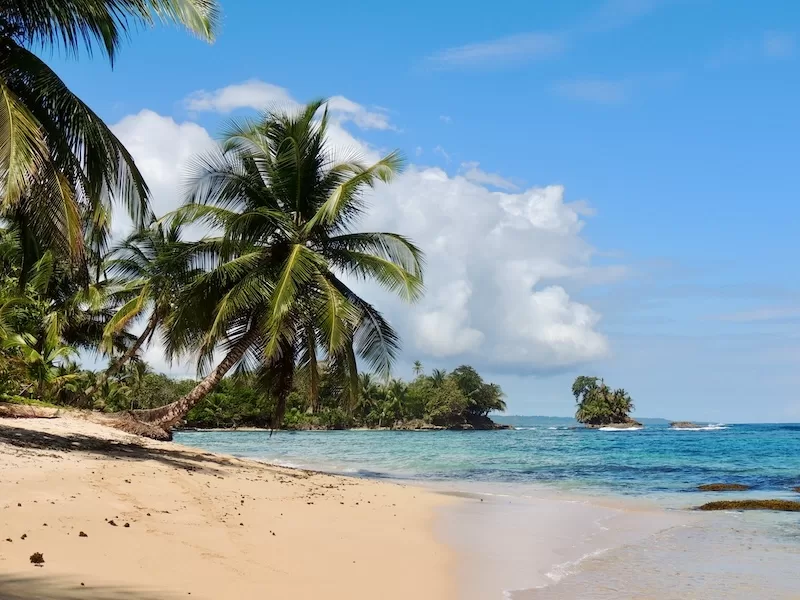
Counting the Costs, Discovering the Freedom
Panama offers an alluring balance: tropical beauty, relative affordability, and dollar stability. You can have a slower morning by the ocean. A mountain breeze that slips through open windows. The sense that life doesn’t have to rush to feel full. Here, the numbers matter, but so does what they buy you: stability, comfort, and time to actually enjoy both.
If you’re seriously considering the move, start budgeting with real quotes from actual listings, check utility inclusion, and spend time visiting different regions. With some planning and flexibility, Panama can offer a comfortable life without breaking the bank.
Want regular insights like this? Subscribe to our newsletter for living cost updates, expat guides, and on-the-ground advice for making your move abroad seamless.
Ready to dig deeper? Download our free Panama Handbook for an in-depth look at residency options, healthcare, housing, and everything you need to know before relocating. Your next chapter might just start with one click and a little tropical inspiration in your inbox.
